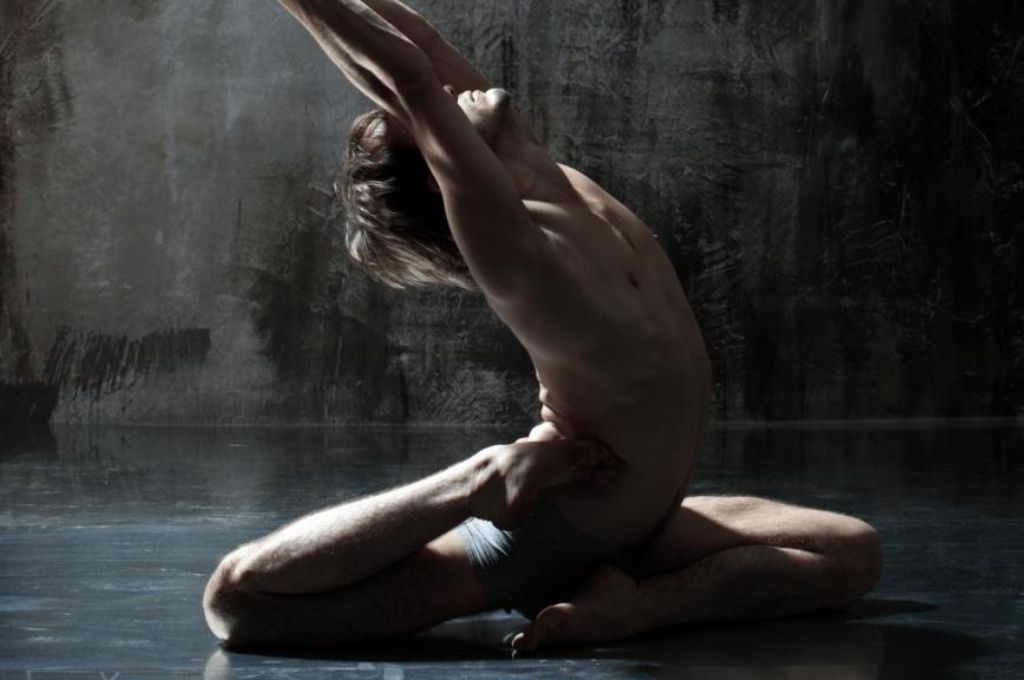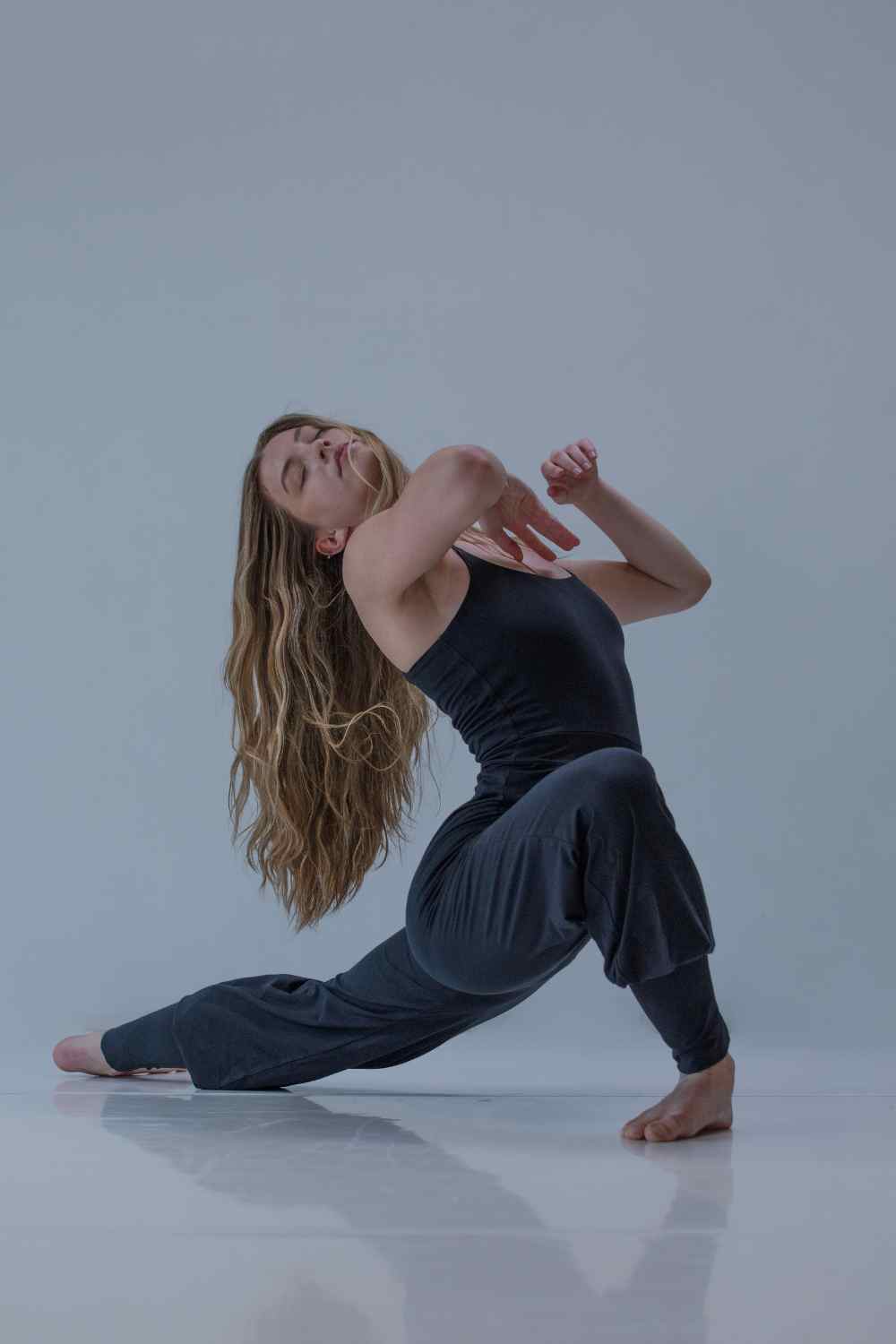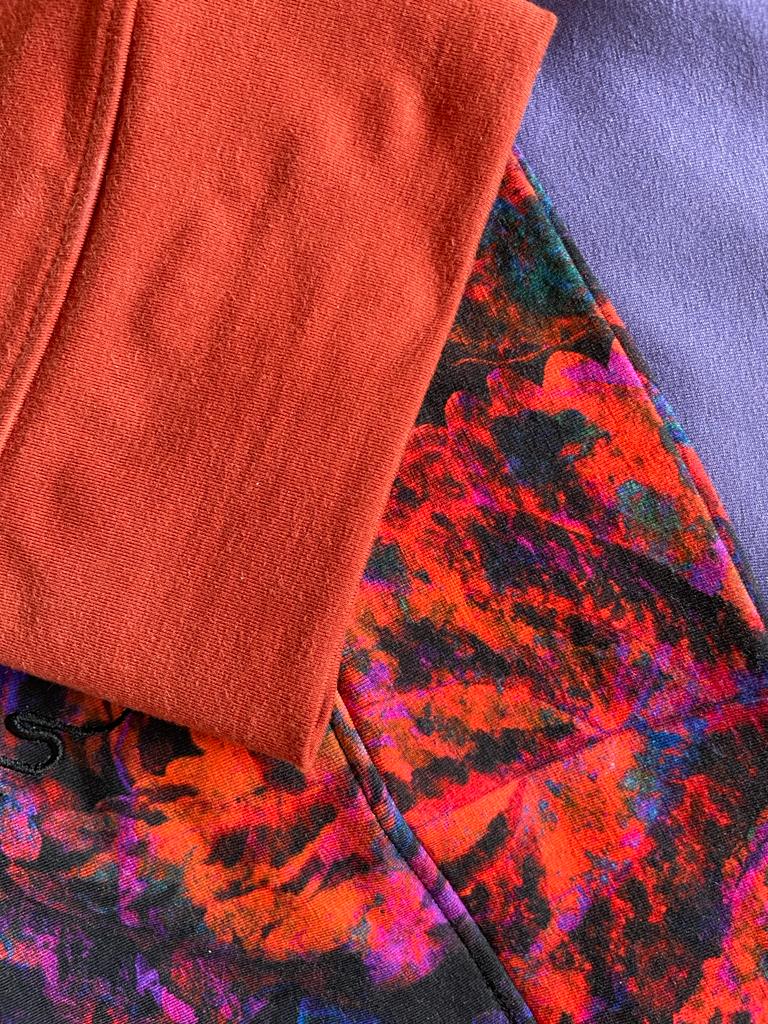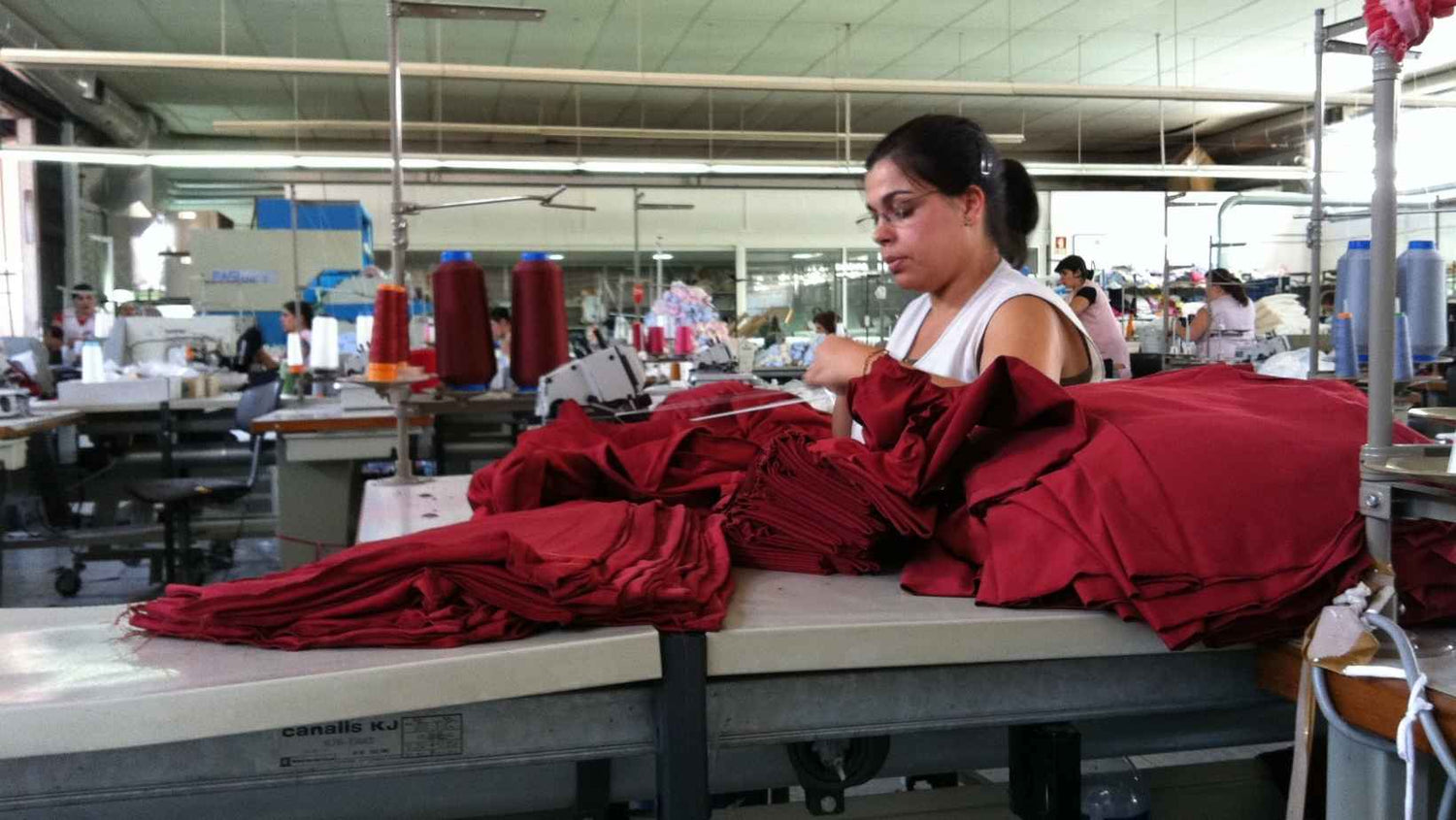The human body is a pretty mysterious place and everything that makes us humans. In biological terms, a human body can be defined as a physical substance composed of all the living and extra-cellular materials that are then organized into tissues, organs, and systems. This biological and empirical view of the body described by medicine and our modern time has also greatly influenced the yogic view of the body.
In the practice of Yoga, we take care of our physical body, but soon we realize that the energies involved take us beyond what is seen as purely physical. As much as it is obvious to consider our physical body as real, as much as we can feel the existence of other bodies or layers (Kosha) by focusing our attention on their inherent quality.
Again one can find various representations in oriental philosophies that describe mental and physical functioning. They are often very elaborate, and one will discover all the work of introspection that has been done for centuries.
Meditation, Yoga, and Prânayama (breathing) practice help to explore and balance the physical, emotional, and spiritual bodies. To heal the fragility of one, adapted practice can be chosen to reinforce it.
In the past, the yogi perceived his body as a network of psycho-physical centers such as chakras, connected by the channels of circulation of the different breaths (Vayu) and energetic vital force (kundalini) through the Nadis. Today in some mainstream modern yogas, the body is described as having five seeds called “Koshas”. The five kosha move from the grossest plane, the seed made of food, to the most subtle plane of the body, such as bliss or ananda kosha.
Read on to learn about the Koshas and the human body as seen from a yogic point of view!
The Pancha Kosha
As described in Upanishads (religious texts of Hinduism), Kosha veils the soul or atman. The soul (âtman) is linked to the experience of spirituality and our heart’s expression. Our soul is the individual expression of the Spirit; this body connects us to our infinity; let it be for some people, God, for others, the underlying principle of life.
Sometimes referred to as sheaths or casings, the koshas layer the human soul. Discovering each layer of the kosha brings an individual closer to unity with the universe and the true self. The physical body composes the outermost layer, while the innermost layer contains a blissful body or soul.
There are five layers or koshas in the human body and hence the name Pancha Kosha. These Pancha koshas exist together and are believed to enhance awareness of the inner self while developing a connection among the mind, body, and soul.
The Pancha Koshas are as listed below:
- Annamaya Kosha (Physical Sheath)
- Pranyama Kosha (Vital Energy Sheath)
- Manomaya Kosha (Mental Body)
- Vijnanamaya Kosha (Intellectual Sheath)
- Anandamaya Kosha (Bliss Body)
Annamaya Kosha (Physical Sheath)
The Annamaya Kosha is the first Kosha that composes the outermost layer of the human body. It gets its name from ‘Anna‘, meaning food, and hence is sometimes referred to as food sheath.
The physical body consists of the skin, flesh, fat, bones, and filth and is considered the temple that houses all the other energetic bodies. It is the physical aspect of life and hence plays a crucial role for humanity. Furthermore, it is our tangible presence on earth necessary to experience our human existence.
Pranyama Kosha (Vital Energy Sheath)

In Sanskrit, the word ‘Prana‘ refers to life force and is the word for breath. The Pranyama Kosha is the second layer representing the vital energy or life force sheath.
The prânic body is constantly nourished by breathing. A strong pranic body gives the energy to accomplish personal goals and guarantees good health.
Manomaya Kosha (Mental Body)

The Manomaya Kosha represents your mind, emotions, and inner world. The aura is the electromagnetic field around our physical body and functions as a protective screen. A strong aura gives us and those around us the feeling of security.
Vijnanamaya Kosha (Intellectual Sheath)

Also known as awareness or wisdom sheath, the Vijnanamaya Kosha allows you to develop deeper awareness.
The emotional body is the storage of our experiences through images and associated emotions. These emotions are related to experiences (good or bad) combined with mental activity, contributing to our self-awareness. In addition, our values and needs are rooted in the emotional body.
The mind, as our « thinking machine » can be divided into three primary functions:
- The negative/protective mind helps give shape, sort out the essential elements and search for what is wrong.
- The positive/expansive mind allows us to look at things positively and use our resources. It is responsible for a strong will and gives strength to carry out our projects.
- The neutral/meditative mind helps evaluate the information received from the positive and negative mind and serves as a guide in life. Very intuitive and without prejudices, this mental aspect allows us to connect to our soul.
Anandamaya Kosha (Bliss Body)

In Sanskrit, ‘Ananda‘ means bliss, hence the name Anandamaya Kosha. This is the innermost layer which is referred to as the bliss body. It lies underneath all of the illusions of the outer sheaths.
Final Words
This approach to the yogic body appears late in the yogic texts from the 17th century. It is therefore a late addition to the theory of yoga and to the yogic description of the body.
There are other previous approaches as well as other philosophies of the yogic body that we will certainly have the chance to tell you about in other articles. Nevertheless, it seemed important to us to start from this point of view, which is very widespread and modern, in order to dive deeper into other more ancient or simply other approaches later.
To understand yourself better, uncover the koshas and learn to become aware of your physical body, breath, and thoughts!






